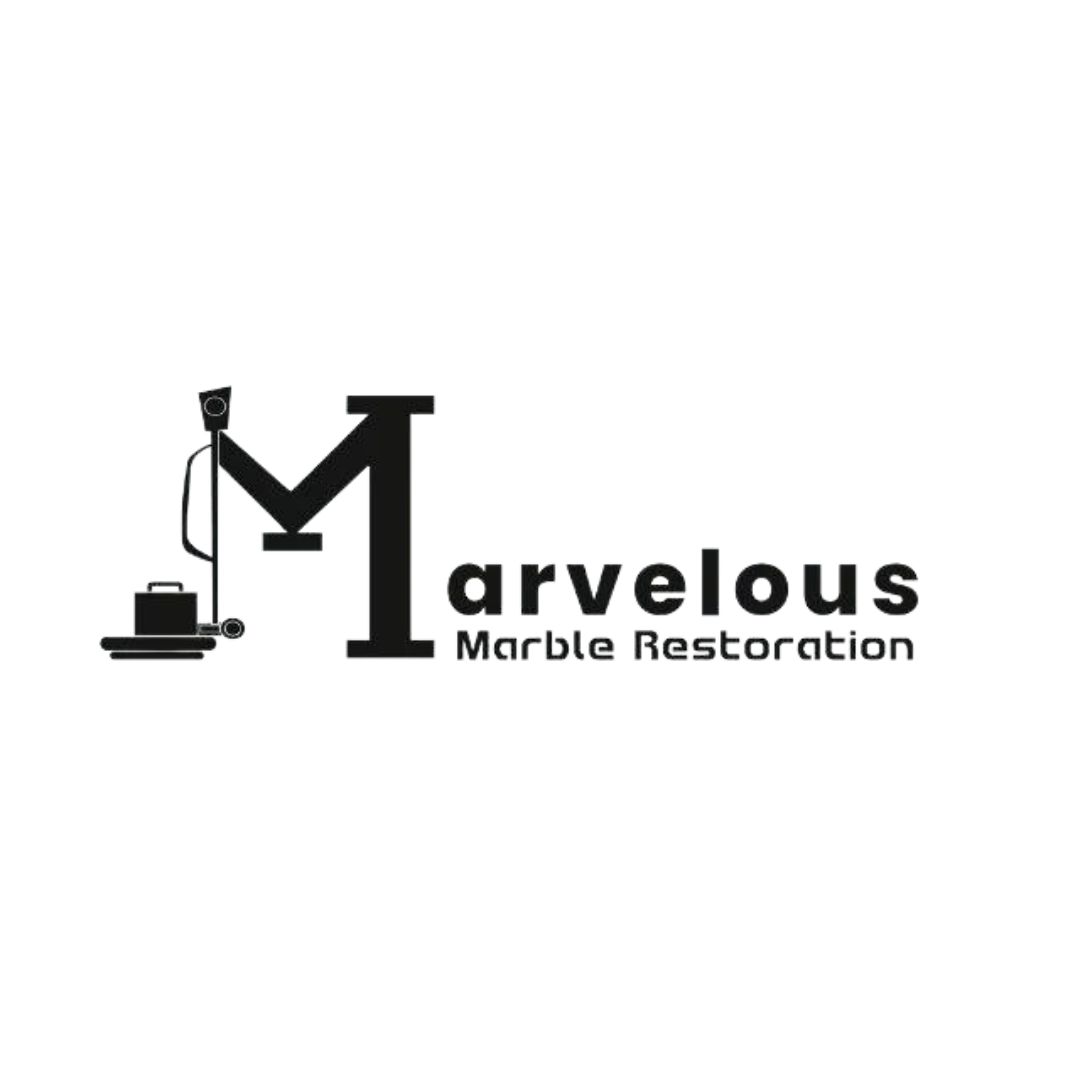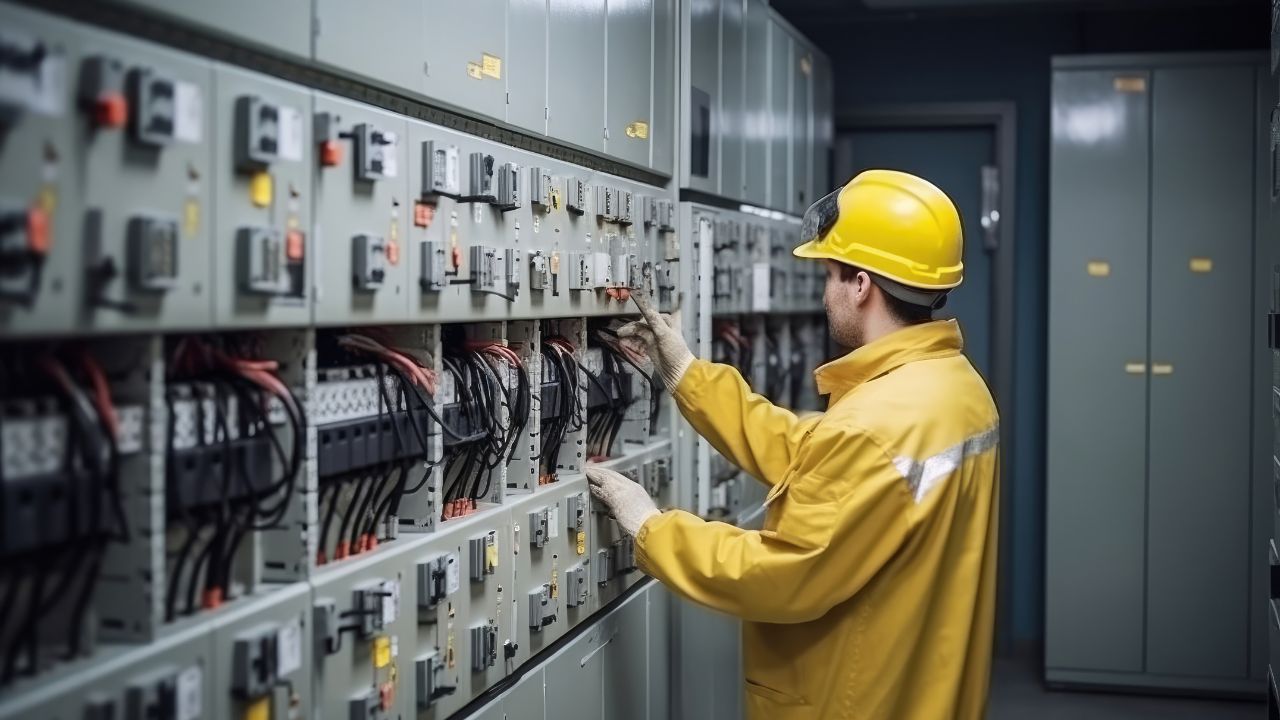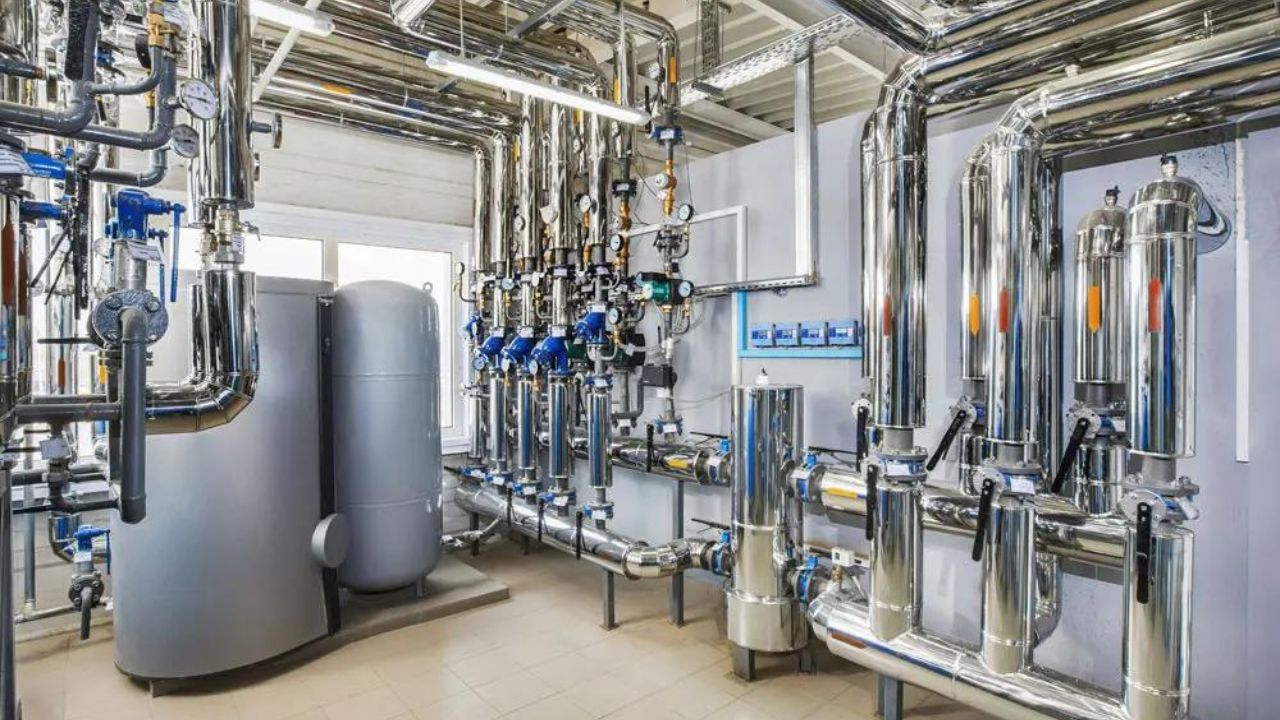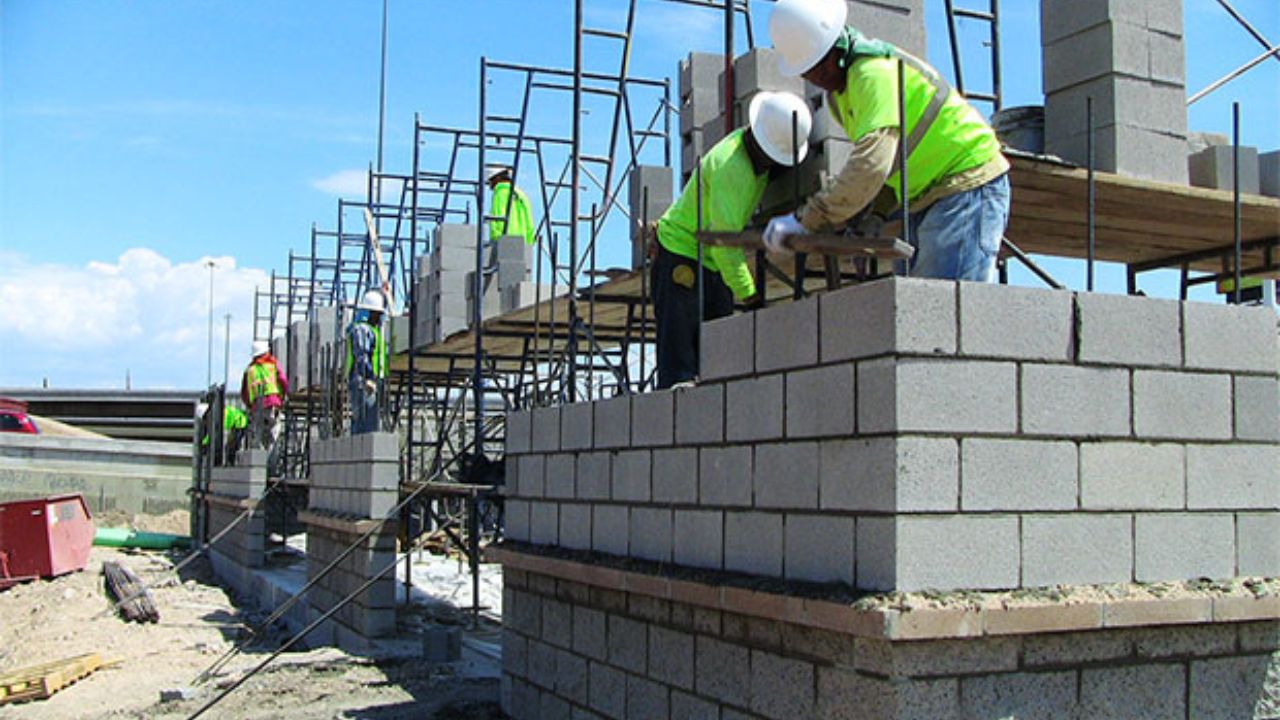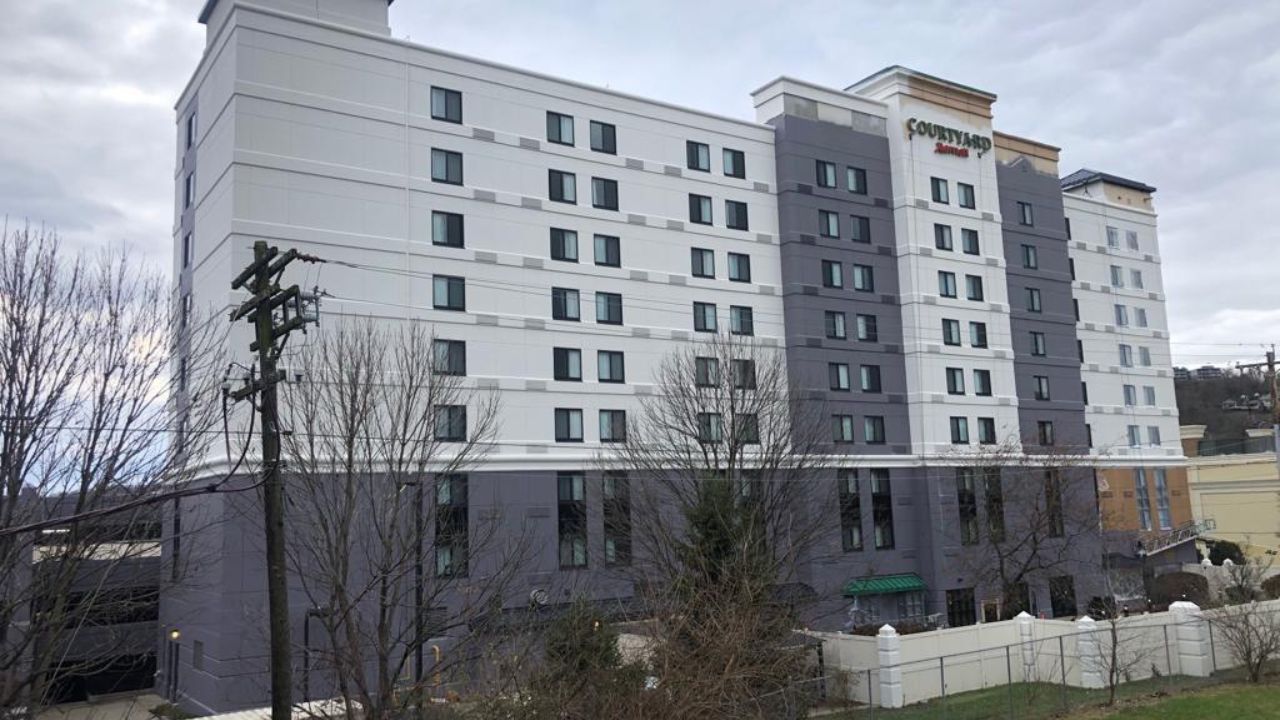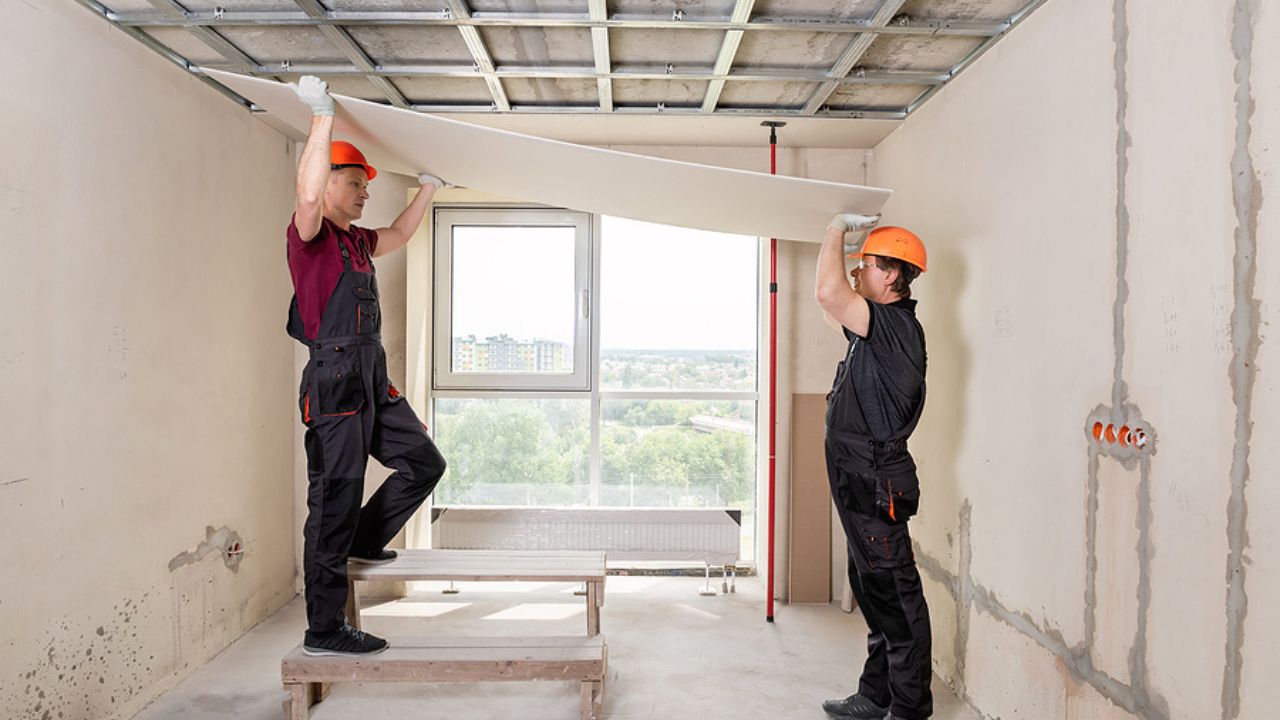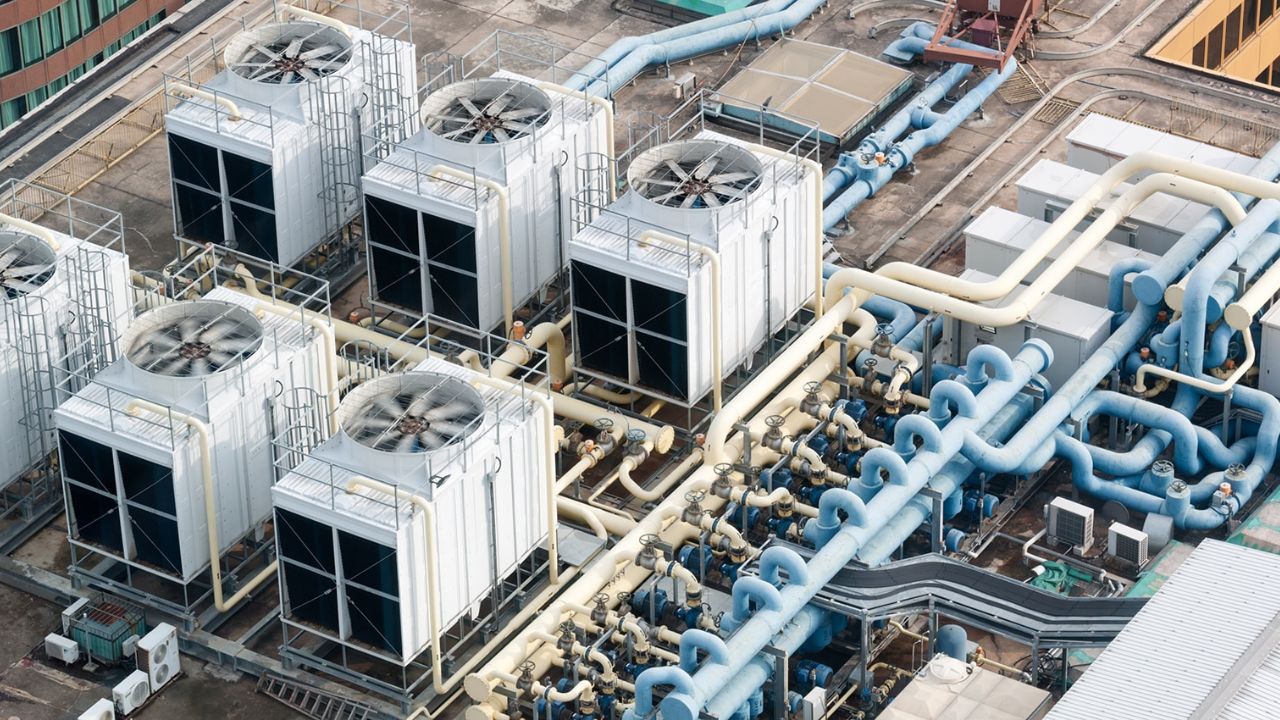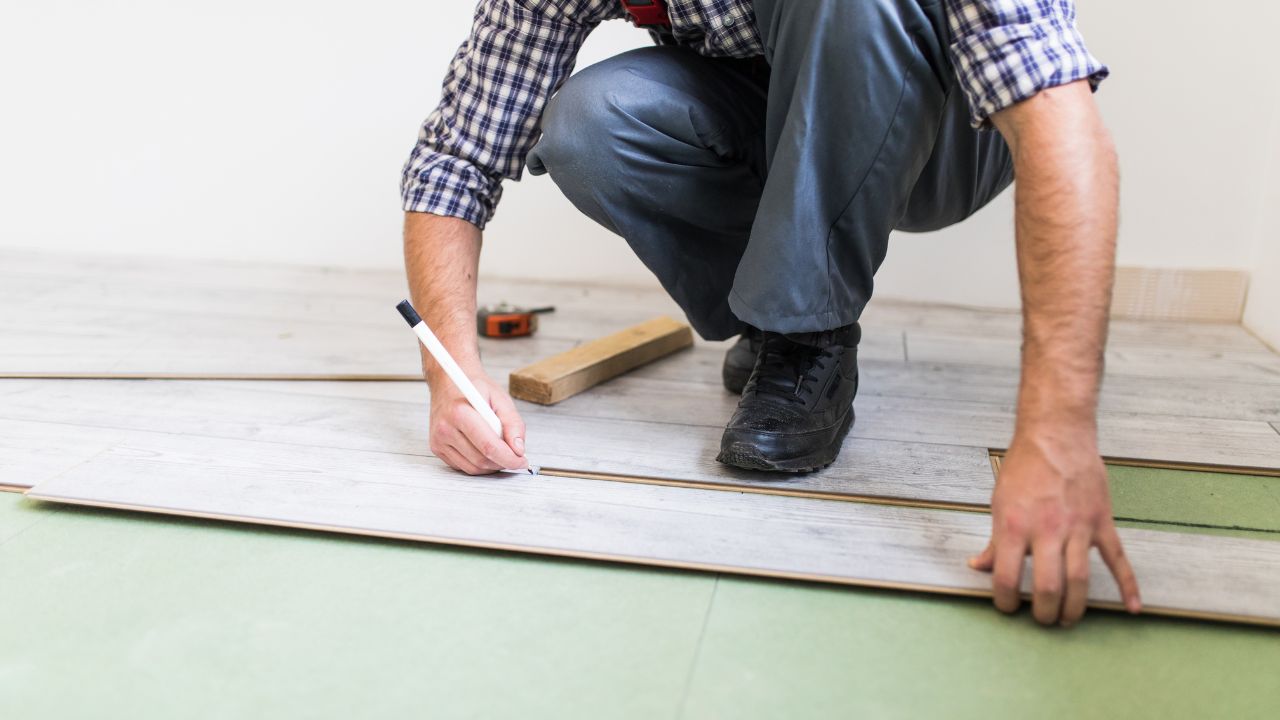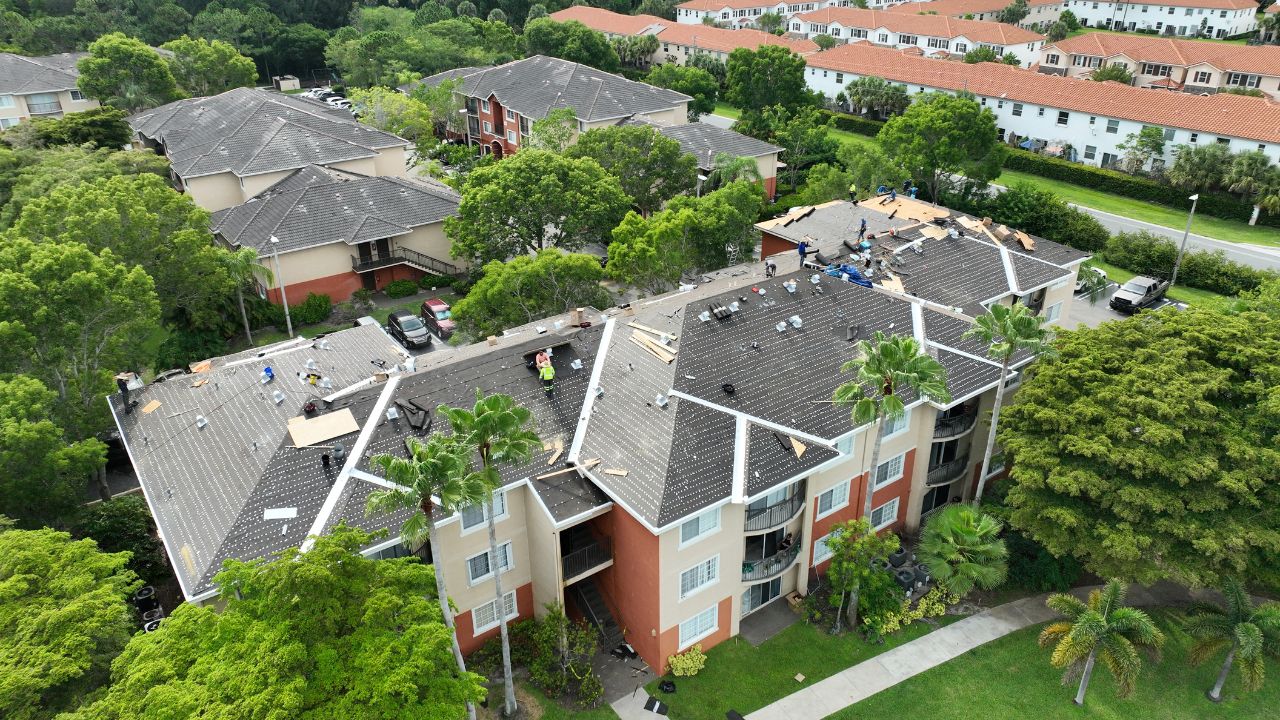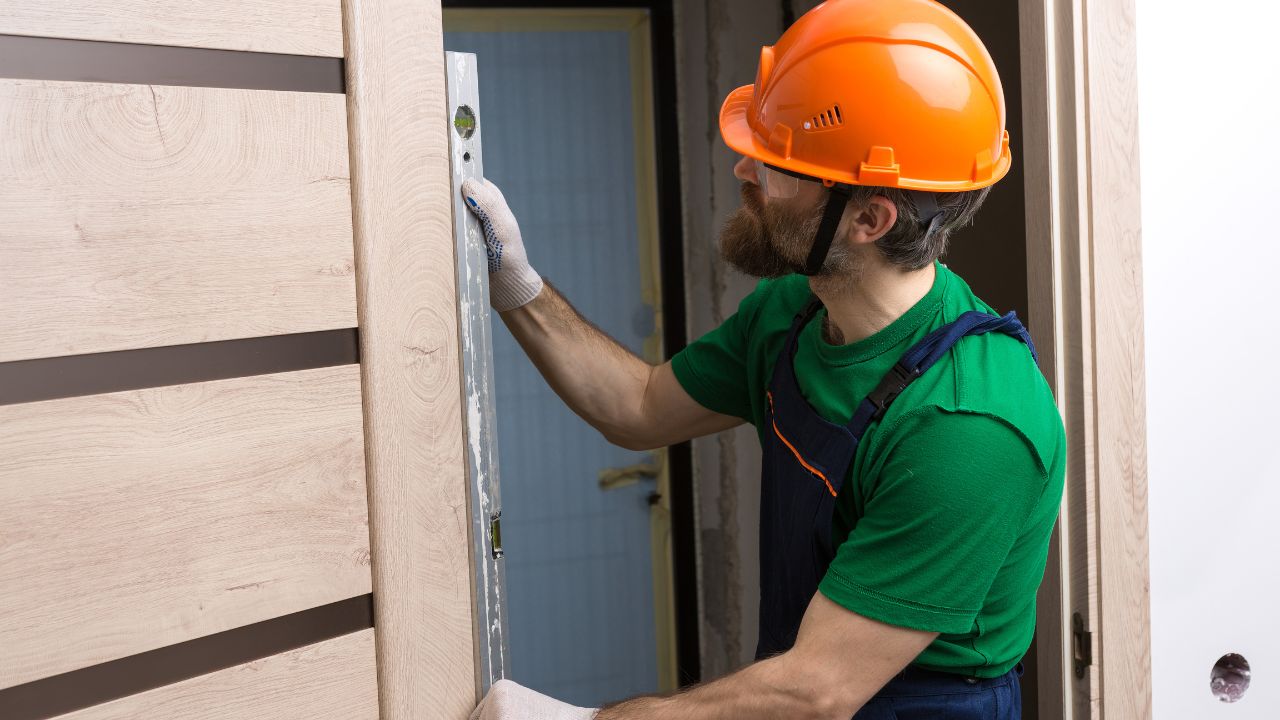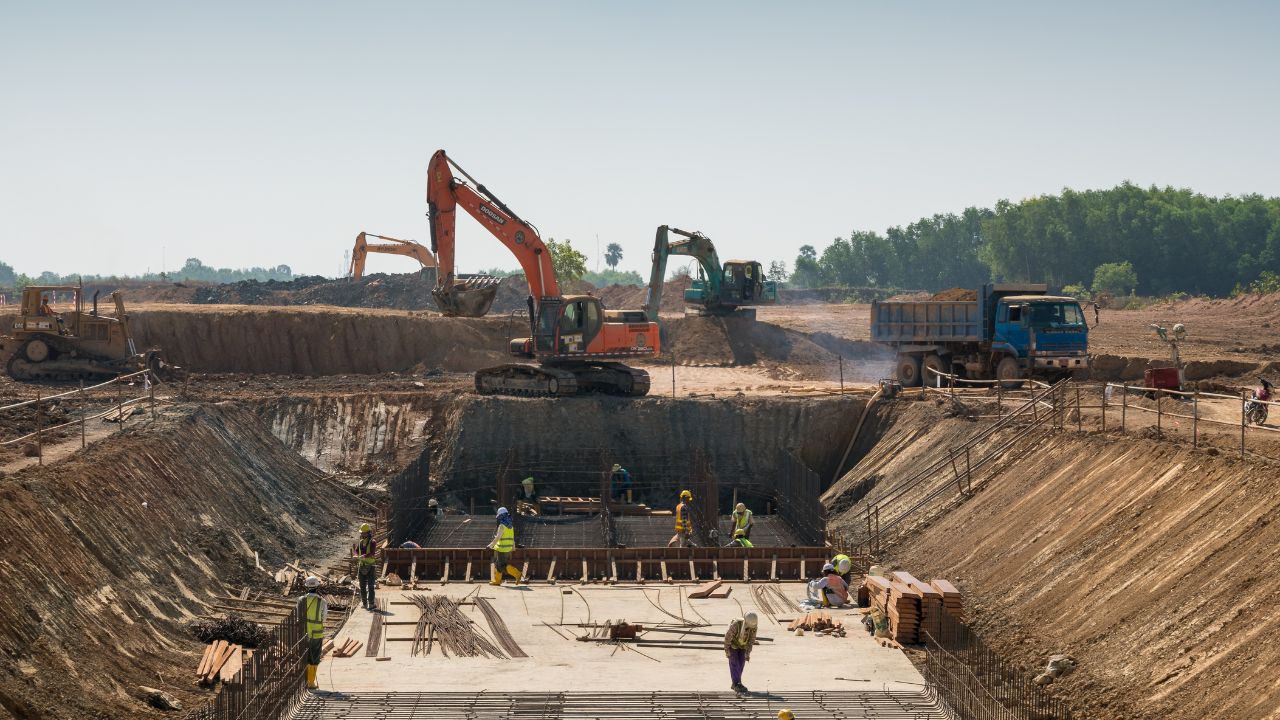- Homepage
- Porcelain Tile vs Ceramic Tile: Which One Should You Choose in 2025?
Porcelain Tile vs Ceramic Tile: Which One Should You Choose in 2025?
Leading provider of tile flooring installation services
Choosing the right tile for your flooring or wall project is one of the most important decisions you’ll make when building or remodeling a property. In 2025, the debate between porcelain tile vs ceramic tile remains more relevant than ever, especially across Florida’s diverse range of properties—from luxury homes and beachfront condos to high-traffic commercial spaces like restaurants, office buildings, and retail chains.
While porcelain and ceramic may look similar on the surface, they differ in durability, water resistance, application, and cost. Understanding their differences will help Florida contractors, developers, and homeowners make the right investment, both in terms of performance and long-term value.
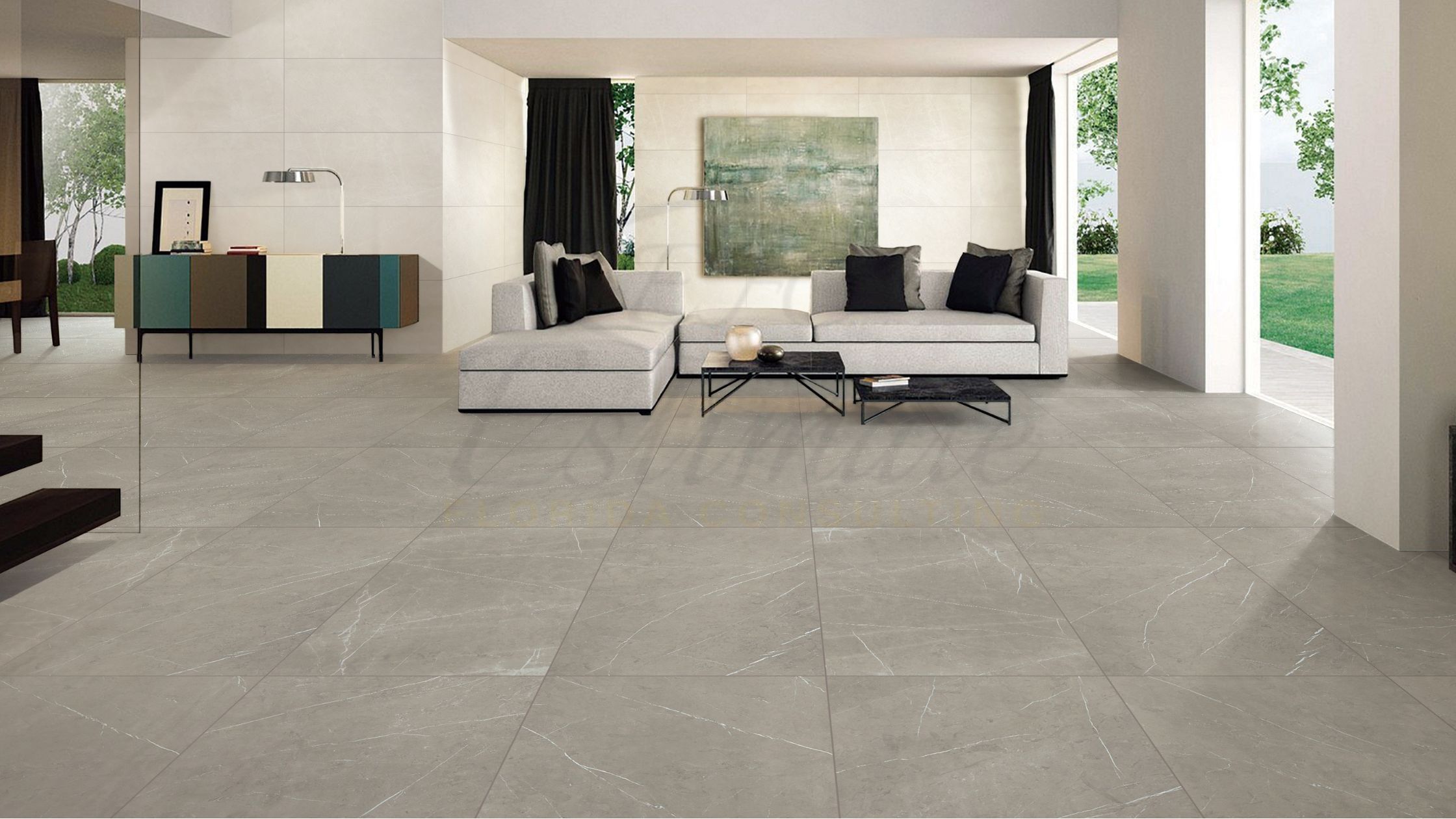
Understanding the Basics: What’s the Difference?
At first glance, porcelain and ceramic tiles may seem identical, but their composition and performance tell a different story. Both are made from clay and fired in a kiln, but porcelain is fired at much higher temperatures. This makes it denser, less porous, and more durable, especially for high-moisture or high-traffic areas.
Ceramic tile, on the other hand, is softer and more porous, making it easier to cut and often more cost-effective. It’s typically better suited for lighter-use areas or where intricate cuts are required, like custom backsplashes or decorative wall tiles.
90% More Chances to Win Flooring Bids with
Our Estimate!
Porcelain Tile: A 2025 Favorite for Commercial and Coastal Florida Projects
Porcelain tile is fast becoming the first choice for commercial developers and coastal property owners throughout Florida in 2025. Its water resistance, high-density surface, and long lifespan make it particularly well-suited for the state’s humid climate and ever-changing weather conditions.
In high-traffic areas such as malls, healthcare centers, and hotels, porcelain withstands daily wear and tear with ease. Its ability to resist moisture also makes it ideal for bathrooms, pool decks, kitchens, and even exterior applications.
Porcelain tiles are also available in larger formats, slab sizes, and high-end finishes—including realistic wood-look, marble-look, and concrete-look designs—making them a stylish yet highly practical flooring choice for upscale developments and renovations.
Ceramic Tile: Lightweight, Affordable, and Great for Indoor Use
Ceramic tile continues to hold value in 2025, especially in low-traffic areas or smaller residential installations. It remains a great option for interior walls, backsplashes, and budget-conscious flooring projects. In Florida homes, ceramic tiles are often used in bedroom floors, decorative walls, and light-use powder rooms where their reduced durability isn’t a concern. Because ceramic tile is softer and easier to cut, installers prefer it when intricate designs or custom fits are required.
From a visual standpoint, ceramic tile offers just as many options in terms of color and glaze as porcelain, but it may chip more easily and is not recommended for heavy use or outdoor environments.
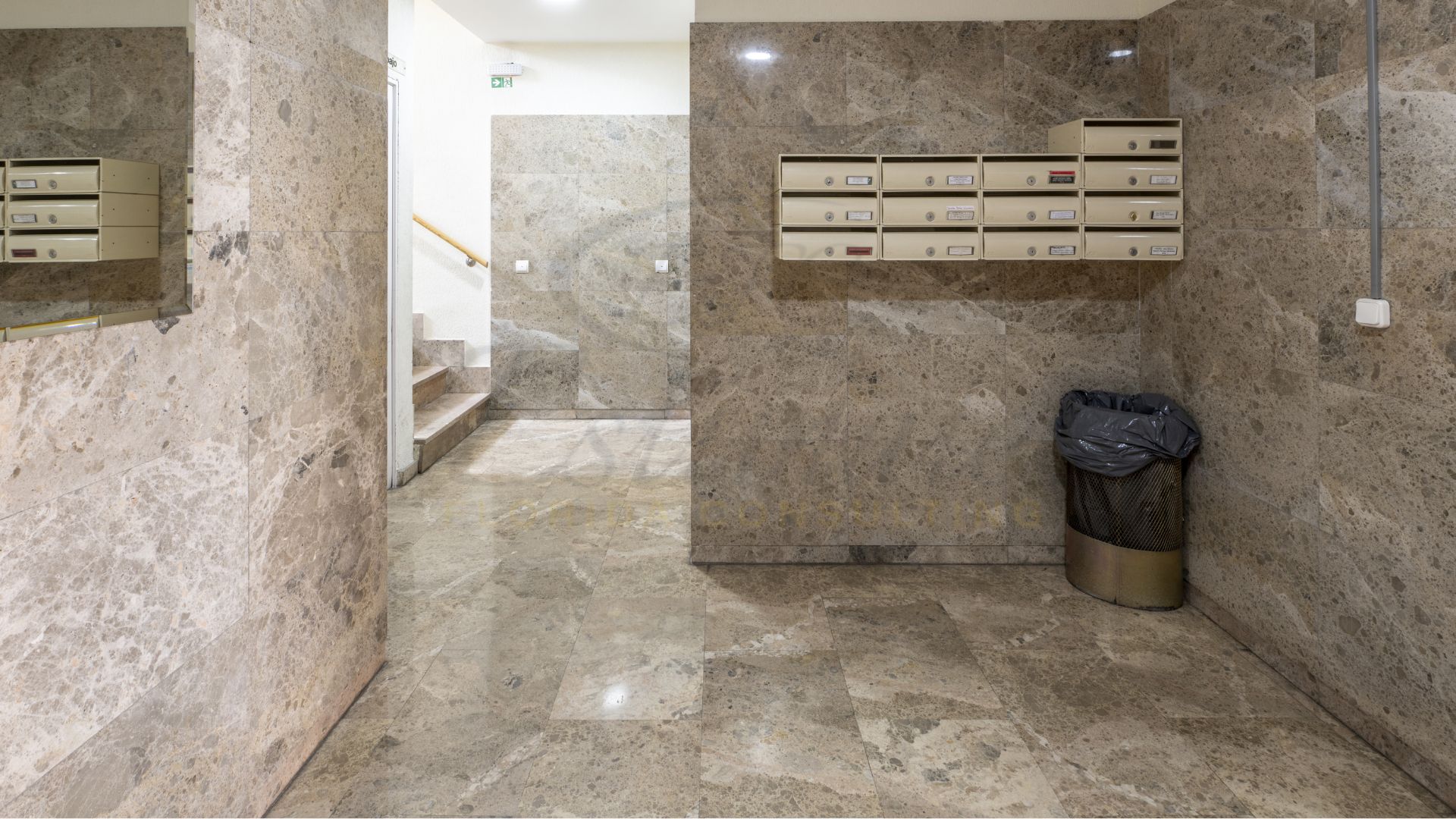
Durability and Longevity: Porcelain Outperforms in Demanding Spaces
If your flooring application involves high foot traffic, frequent spills, or extreme humidity—porcelain tile stands out. Its high-density structure gives it excellent durability, making it less prone to chips, cracks, or stains over time. This is why commercial buildings, luxury developments, and rental properties across Florida increasingly specify porcelain as the material of choice in 2025.
Ceramic tile, though durable for its class, doesn’t match the longevity of porcelain when exposed to Florida’s high humidity or heavy commercial use. In busy spaces like entryways, living rooms, or shared commercial corridors, ceramic tile can wear down faster and absorb moisture if not properly sealed.
Moisture Resistance and Slip Ratings: Florida's Climate Demands More
Porcelain is rated for low water absorption (typically less than 0.5%), making it a better fit for Florida’s moisture-prone environments. It is more resistant to mold, mildew, and humidity, and often comes with anti-slip surface options that meet ADA compliance for public buildings.
While ceramic tile can be treated with sealants to resist moisture, it is naturally more porous and prone to water damage. It’s best used in dry, interior environments that don’t see much foot traffic or exposure to moisture.
This distinction is particularly important for Florida homes with screened-in patios, pool areas, or beachfront access, where porcelain will perform reliably over time without cracking or absorbing water.
Flooring Installation Professionals For Your Project?
Aesthetic Options and Design Versatility in 2025
Both porcelain and ceramic tiles offer a wide range of design possibilities, but in 2025, porcelain leads in realism and size formats. Thanks to advanced digital printing, porcelain tiles now replicate the look of natural stone, polished marble, concrete, and wide-plank hardwood with impressive accuracy.
Porcelain tiles are also now available in slab formats, 3D textures, and matte finishes, which allow for seamless designs with fewer grout lines—perfect for high-end interiors or modern minimalist designs.
Ceramic tile still holds its place in smaller format applications, especially when bold colors or glossy finishes are desired. It remains a great choice for custom backsplashes, artisan tilework, or accent walls where color, pattern, and price are more important than durability.
Best Rooms for Porcelain vs Ceramic in Florida Homes and Buildings
In 2025, Florida’s varied climate zones and building types require a strategic approach to tile placement. Here’s how to choose based on room usage:
Porcelain Tile Works Best In:
- Bathrooms (residential or commercial)
- Commercial kitchens and restaurants
- Pool decks and patios
- Condo entryways and lobbies
- High-traffic retail areas
- Outdoor spaces and exterior walkways
Ceramic Tile Is Ideal For:
- Indoor walls and decorative panels
- Guest bathrooms or powder rooms
- Light-use bedrooms or closets
- Budget-friendly home renovations
- Feature walls or colorful accents
By matching material choice to location, Florida builders and homeowners can achieve better performance and longer-lasting results.
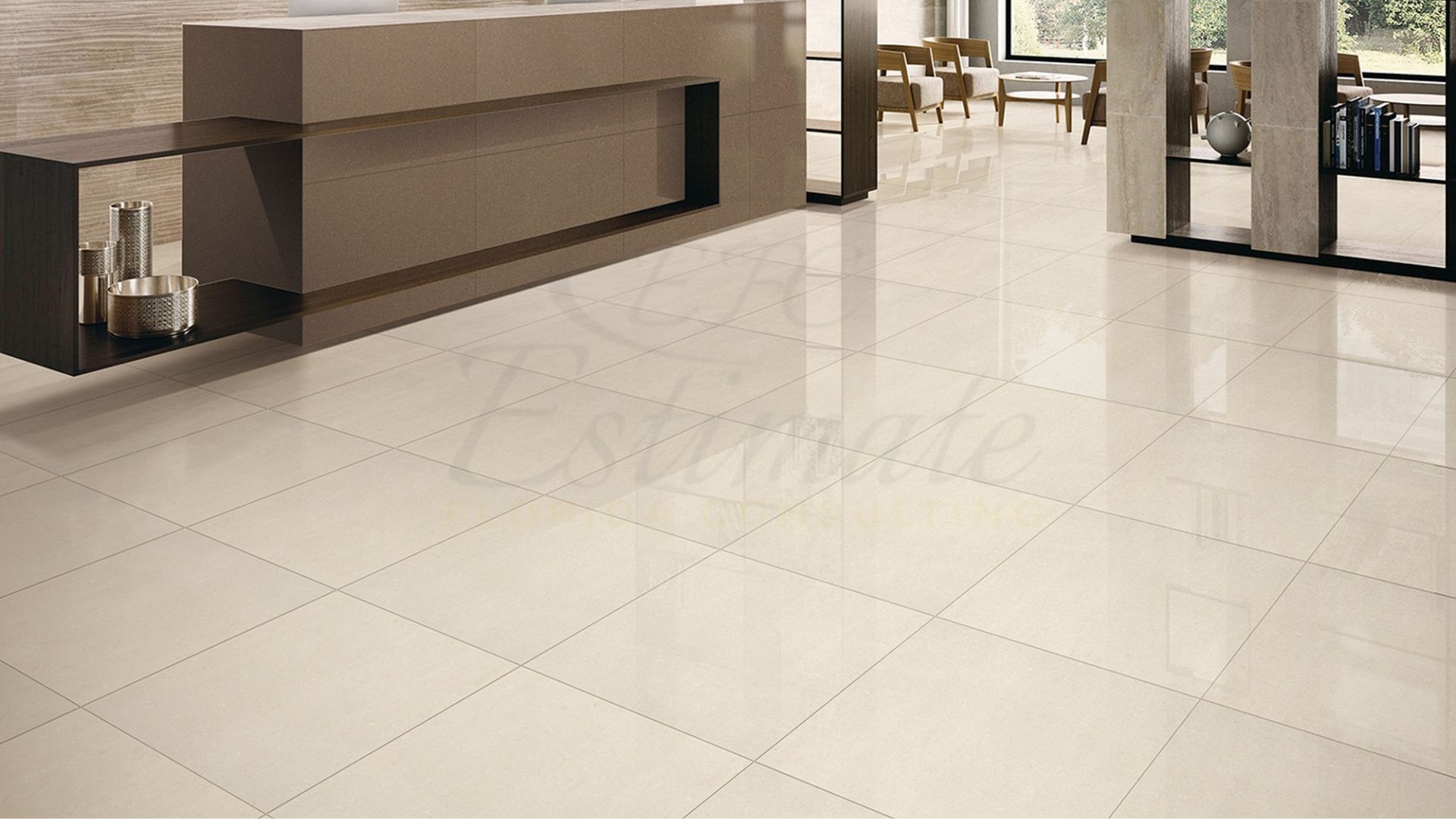
Installation Considerations: Labor, Time, and Tools
Porcelain tile is more difficult to cut and install due to its density. It requires specialized tools, diamond blades, and skilled labor, which can increase labor costs and installation time. However, this is offset by its longevity and reduced need for future replacement.
Ceramic tile, being softer, cuts more easily and may install faster—making it a cost-effective choice for projects with tight timelines or budgets. However, builders must be cautious in how and where it’s used to avoid premature damage in high-moisture or impact-prone environments.
Cost Comparison: Materials and Installation in Florida
Though we’re not including specific price points in the paragraphs, porcelain tile generally has a higher material and labor cost compared to ceramic tile. This is due to its increased density, larger format sizes, and longer-lasting performance, especially in Florida’s climate.
For a full cost breakdown including material, labor, complexity of installation, room size, and project timeline, Estimate Florida Consulting offers accurate estimating services tailored to each region and type of property.
We Provide 3D Rendering Services!
For Flooring and Other Projects
Turnaround time is 1-2 days.
Win More Projects With Us
Porcelain vs Ceramic: Pros and Cons Breakdown
Feature | Porcelain Tile | Ceramic Tile |
Density & Durability | Extremely dense, ideal for high-traffic areas | Less dense, suitable for light residential use |
Water Resistance | Low absorption, perfect for wet/humid environments | Higher absorption, needs sealing in wet areas |
Design Options | Realistic textures, slab sizes, matte finishes | Bold colors, patterns, and glazed finishes |
Installation Difficulty | Requires special tools and experienced installers | Easier to cut, quicker installation |
Long-Term Maintenance | Low maintenance, rarely needs replacement | May chip or crack under pressure, more frequent upkeep |
Ideal Applications | Commercial, exterior, high-moisture settings | Interior walls, budget builds, decorative areas |
Why the Right Tile Choice Matters More in Florida?
Florida’s heat, humidity, coastal exposure, and traffic levels make tile performance a serious consideration in construction and remodeling projects. In a state where moisture and foot traffic are constant, selecting the wrong tile can lead to frequent repairs, premature failure, and costly replacements.
By choosing the correct tile type—porcelain for durability and moisture resistance, ceramic for flexibility and cost control—property owners and builders can enhance both aesthetic value and functional longevity.
Get 5 New Projects in the Next 7 Days With Our System
How Estimate Florida Consulting Can Help with Your Tile Selection and Cost Planning?
Navigating tile choices and budgets can be overwhelming—especially when factoring in commercial timelines, multi-room installations, or coastal property requirements. That’s where Estimate Florida Consulting delivers unmatched value to our clients across the state.
We Provide:
- Detailed tile takeoffs and quantity estimates for porcelain and ceramic
- Room-specific material and labor cost projections
- Tile selection consultation based on room type and usage
- 3D rendering of tile finishes and layout options
- Contractor and subcontractor referrals for installation across Florida
- Local pricing guidance to ensure accuracy and ROI
Our expertise helps commercial contractors, developers, and design professionals plan with precision—minimizing waste, managing costs, and achieving flawless results.
Ready to Estimate Your Tile Project with Confidence?
Choosing between porcelain and ceramic tile is more than just a design decision—it’s a long-term investment in the performance, maintenance, and beauty of your property. Let Estimate Florida Consulting help you get the most accurate, up-to-date estimates tailored to your project’s needs, location, and budget.
Frequently Asked Question
Porcelain tile’s low water absorption (less than 0.5%) and high density make it ideal for Florida’s humid, coastal conditions. It resists mold, mildew, and moisture damage, making it perfect for bathrooms, pool decks, and outdoor areas, unlike ceramic, which is more porous and better suited for dry, low-traffic interiors.
Porcelain tiles generally have higher material and installation costs due to their density and the need for specialized tools. Ceramic tiles are more budget-friendly and easier to install, making them a cost-effective choice for smaller residential projects or decorative applications.
Ceramic tiles are ideal for low-traffic, indoor areas like bedroom floors, powder rooms, or decorative wall accents. Their ease of cutting and affordability make them great for budget-conscious renovations or intricate designs, but they’re less suited for high-moisture or heavy-use spaces.
Porcelain tiles offer advanced realism with wood-look, marble-look, and large-format slab designs, perfect for seamless, high-end aesthetics. Ceramic tiles excel in bold colors, glossy finishes, and smaller formats, making them ideal for custom backsplashes or decorative walls.
Builders should prioritize porcelain for high-traffic areas like lobbies, restaurants, or retail spaces due to its durability, slip resistance, and moisture resistance. Ceramic is better for low-traffic interior walls or budget-driven projects where intricate designs are needed, but it requires proper sealing in humid environments.
Comprehensive Trade-Specific Estimates
At Estimate Florida Consulting, we offer detailed cost estimates across all major trades, ensuring no part of your project is overlooked. From the foundation to the finishing touches, our trade-specific estimates provide you with a complete and accurate breakdown of costs for any type of construction project.
Our Simple Process to Get Your Estimate
Upload Plans
Submit your project plans, blueprints, or relevant documents through our online form or via email.
Receive Quotation
We’ll review your project details and send you a quote based on your scope and requirements.
Confirmation
Confirm the details and finalize any adjustments to ensure the estimate meets your project needs.
Get Estimate
Receive your detailed, trade-specific estimate within 1-2 business days, ready for your project execution.



Our Clients & Partners
We pride ourselves on building strong, lasting relationships with our clients and partners across the construction industry.
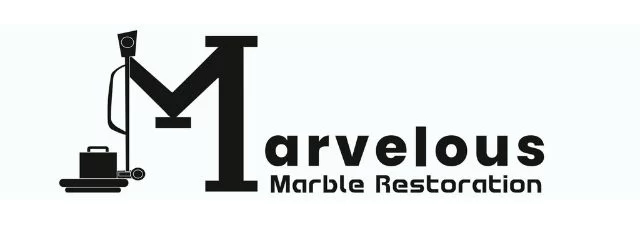


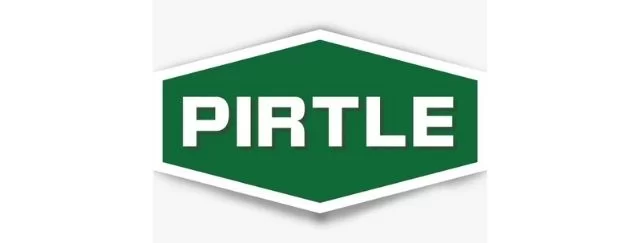

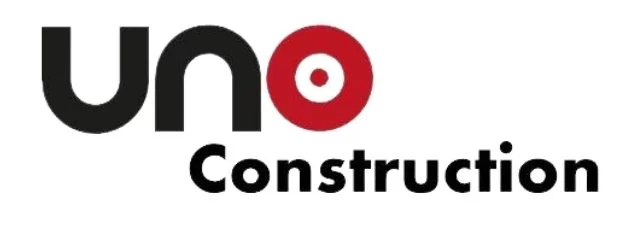





What Our Clients Say?
We take pride in delivering accurate, timely, and reliable estimates that help contractors and builders win more projects. Our clients consistently praise our attention to detail, fast turnaround times, and the positive impact our estimates have on their businesses.
Estimate Florida Consulting has helped us win more bids with their fast and accurate estimates. We trust them for every project!
